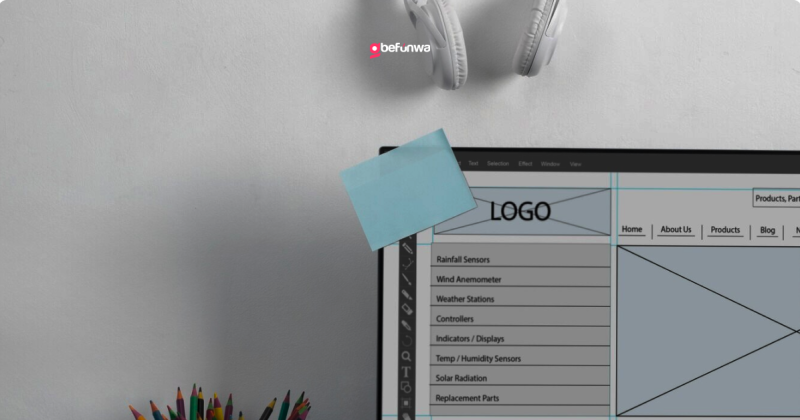
WordPress, the world’s most popular content management system, powers over 40% of all websites on the internet. Its flexibility and ease of use make it a favorite among both novice bloggers and seasoned developers. One of the key features that enhance this flexibility is the concept of child themes. A WordPress child theme is a theme that inherits the functionality and styling of another theme, called the parent theme. This article delves into the benefits of using a WordPress child theme.
One of the most significant advantages of using a child theme is the ability to safely update the parent theme. When you make customizations directly to a theme, those changes are lost when the theme is updated. By using a child theme, you can update the parent theme without losing your customizations, as your modifications reside in the child theme.
Child themes offer a streamlined way to customize a website without altering the core files of the parent theme. This separation allows developers to add custom CSS, functions, and template files in the child theme, making it easier to tweak the design and functionality. If something goes wrong, the original parent theme remains intact, providing a fallback option.
For developers, child themes provide a robust environment for experimentation and development. You can test new features and modifications in the child theme without affecting the live site. This practice encourages a safer and more efficient development process, where you can build and test incrementally.
Maintaining an organized codebase is crucial for long-term website management. Child themes help keep your customizations separate from the parent theme’s code. This separation makes it easier to manage and understand the code, especially when multiple developers are involved in a project. It also simplifies the process of tracking changes and debugging.
Using a child theme grants you the flexibility to override specific parts of the parent theme without altering the entire theme. For instance, you can override a single template file or a specific function in the parent theme by including it in the child theme. This modularity allows for precise and granular control over the website’s behavior and appearance.
Websites often evolve over time, requiring ongoing maintenance and updates. Child themes enhance maintainability by isolating custom changes from the core theme files. This isolation makes it easier to implement updates, fix bugs, and make further customizations without worrying about conflicts or overwriting existing changes.
Many popular WordPress themes are actively maintained and supported by their developers and user communities. By using a child theme, you can take advantage of this support ecosystem while tailoring the theme to your specific needs. The parent theme continues to receive updates, security patches, and new features, which you can integrate seamlessly.
For those new to WordPress development, creating a child theme is an excellent learning experience. It offers an opportunity to understand the inner workings of themes, template hierarchies, and WordPress hooks. Experimenting with a child theme provides a hands-on approach to learning without the risk of damaging the parent theme.
Child themes can be optimized for performance by selectively loading only the necessary resources. Developers can enqueue scripts and styles conditionally, improving the site’s loading times and overall performance. This optimization ensures that the website runs smoothly, providing a better user experience.
For businesses and individuals looking to create a unique brand identity, these themes offer the perfect solution. You can customize the look and feel of the website to align with your brand’s aesthetics without being constrained by the parent theme’s design. This ability to personalize enhances the professional appearance and coherence of the website.
In conclusion, using a WordPress child theme is a best practice for anyone looking to customize their website while maintaining the integrity and updateability of the parent theme. The benefits of safe updates, easy customization, organized codebase, and enhanced development workflow make them an indispensable tool for WordPress developers and users alike. By leveraging the power of child themes, you can create a website that is both unique and maintainable, ensuring long-term success in the ever-evolving digital landscape.
Deborah Oludimu is an experienced content writer with 3+ years of experience. She is skilled in research, writing, and editing to produce high-quality, engaging content across industries. Deborah is passionate about creating content that informs and inspires
© 2025 GBEFUNWA.COM. All rights reserved.
The WordPress® trademarks are the intellectual property of the WordPress Foundation, and the Woo® and WooCommerce® trademarks are the intellectual property of WooCommerce, Inc. Uses of the WordPress®, Woo®, and WooCommerce® names in this website are for identification purposes only and do not imply an endorsement by WordPress Foundation or WooCommerce, Inc. gbefunwa is not endorsed or owned by, or affiliated with, the WordPress Foundation or WooCommerce, Inc.